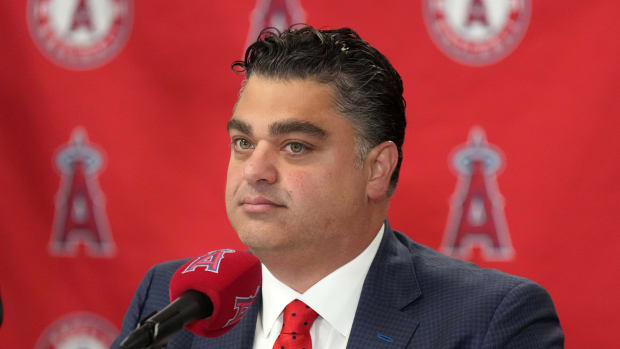Hall of Fame five-year outlook: Bonds, Clemens, Jeter, Ortiz among players to watch
When the Hall of Fame election results were announced last Wednesday, nearly as much of the focus was on the players who didn't get in as those who did. While Jeff Bagwell, Tim Raines and Ivan Rodriguez will get their plaques in Cooperstown on July 30, the near-misses of Trevor Hoffman and Vladimir Guerrero, the sudden ascent of Edgar Martinez and the changing attitudes regarding Barry Bonds and Roger Clemens have many already looking ahead to the 2018 ballot and beyond.
For the fourth year in a row, I'll peer into my crystal ball to see what the next five years of balloting might hold. Admittedly, this is an exercise requiring some amount of imagination and speculation, though it is grounded in my research into the candidates and the history and mechanics of the voting. Underlying it is my own spreadsheet simulation, in which I've apportioned similar shares of the vote across the top candidates from year to year while expecting candidates to follow certain trajectories, some of them rather well-worn by similar candidates.
For the sake of this exercise, I am assuming that the Hall of Fame will keep its basic rules in place: 10 votes per ballot; a 5% minimum for candidates to avoid falling off; 10 years of eligibility for new candidates; and no clear direction from the Hall on players connected to performance-enhancing drugs. Note that each ballot's year refers to the year of induction. That ballot is released in November of the previous year, with ballots due on Dec. 31. To be eligible, a candidate must not have played in the majors for five full seasons, but his eligibility year will actually be six years after his last appearance.
The newcomers are listed according to how they stack up in my JAWS system, the holdovers in previous support from voters.


































